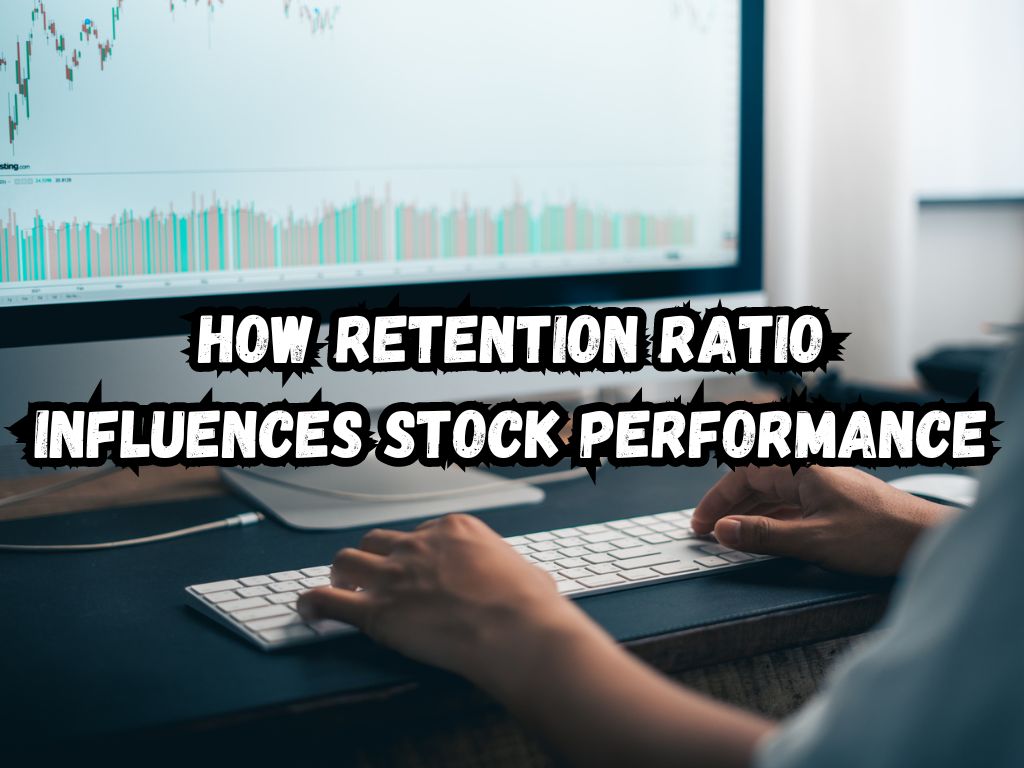In the intricate world of investing, understanding the metrics that drive company growth and investor returns is vital. Among these, the retention ratio stands out as a crucial indicator of a company’s commitment to reinvestment and growth.
This comprehensive article delves deep into how retention ratio influences stock performance and offers insights to help investors make informed decisions.
Understanding the Retention Ratio
What is the Retention Ratio?
The retention ratio, a fundamental metric in financial analysis, measures the proportion of earnings a company retains after dividends are paid out to shareholders.
In essence, it quantifies a company’s decision to reinvest earnings back into the business versus distributing it to investors as dividends. This ratio is pivotal in gauging a company’s growth strategy and sustainability.
A high retention ratio indicates a company’s focus on fueling growth through reinvestment in business activities, such as research and development, expanding operations, or reducing debt.
On the other hand, a lower ratio suggests that a company prioritizes returning profits to shareholders through dividends, possibly due to fewer investment opportunities or a mature stage in its business lifecycle.
Calculating Retention Ratio
The retention ratio is calculated by subtracting dividend payments from net income, dividing the result by net income, and expressing it as a percentage. This simple formula yields powerful insights into a company’s operational and financial strategies.

How Retention Ratio Influences Stock Performance
Market Perception and Investor Confidence
The retention ratio can significantly influence how investors perceive a company’s future growth prospects. A high retention ratio might be seen positively by investors bullish on the company’s growth plans, potentially driving stock prices up.
Conversely, retaining earnings without a clear strategy for growth might breed investor skepticism, negatively affecting stock performance.
Reinvestment Efficiency
The efficiency of reinvestment plays a critical role in leveraging the retention ratio for growth. Effective deployment of retained earnings can lead to substantial business expansion and profitability, enhancing shareholder value. Missteps in reinvestment, however, can dampen investor enthusiasm and hurt stock price.
Finding the Right Balance
Companies must navigate the retention ratio carefully, striking a delicate balance that supports growth and satisfies shareholder return expectations.
Achieving this balance can enhance a stock’s appeal, attracting a broader investor base and potentially improving stock performance.
Sector-Specific Dynamics
Variation Across Industries
The significance and interpretation of the retention ratio can vary considerably across industries. For instance, high-growth technology companies might exhibit high retention ratios, channeling profits into innovation and expansion.
Conversely, sectors with less need for frequent, large-scale investments, such as utilities, might show lower retention ratios, focusing on steady dividend payments.
Lifecycle Stages
A sector’s lifecycle stage also influences typical retention ratios. Emerging industries often feature companies with higher retention ratios, investing aggressively in growth.
In contrast, industries in decline or with minimal growth prospects might prioritize dividends, reflecting lower retention ratios.

Strategic Investment Decisions
Risk and Reward
Investors should consider the risk-reward profile associated with different retention ratios. While high retention can signal strong growth potential, it also carries the risk of poor investment returns if those reinvestments fail to meet expectations.
Aligning Investment Horizons
Investors must align their investment horizon with companies’ retention strategies. A high retention ratio might not yield short-term dividends but could offer significant long-term growth potential.
Conversely, investors seeking immediate returns might lean towards companies with lower retention ratios.
Beyond the Retention Ratio
While the retention ratio is a significant metric, it shouldn’t be the sole basis for investment decisions. Investors should consider a holistic view, including other financial metrics, market conditions, and broader economic indicators.
For example, during economic downturns, high retention might not translate into effective growth due to unfavorable market conditions.
Frequently Asked Questions
How does the retention ratio vary across industries?
The retention ratio varies significantly across industries, reflecting differences in growth opportunities, investment needs, and business models. High-growth sectors like technology often have high retention ratios, while more stable, mature industries might exhibit lower ratios, favoring dividends.
Can a high retention ratio negatively affect stock performance?
Yes, if a company retains more earnings than it can effectively reinvest, leading to poor growth outcomes, investor confidence might wane, potentially reducing stock performance.
How does the retention ratio influence dividend policy and stock attractiveness?
The retention ratio directly impacts a company’s dividend policy, with lower ratios typically resulting in higher dividends. This can make stocks more attractive to investors seeking regular income, whereas a high ratio might appeal to those focused on growth.
What strategies can investors use with retention ratio data?
By assessing the retention ratio in conjunction with industry benchmarks and returns on equity, investors can identify stocks with promising growth prospects, aligning with their risk tolerance and investment horizon.
Should the retention ratio dominate an investor’s portfolio strategy?
While the retention ratio is important, it should be one of many considerations. A balanced approach, incorporating various financial and market factors, ensures a more robust investment strategy.
By delving into the depths of the retention ratio and its implications, investors unlock a nuanced understanding of company operations and growth potential.
In doing so, they equip themselves with the knowledge to make more informed decisions, navigating the complex world of investing with greater confidence and insight.
Conclusion
The retention ratio is a critical tool in the investor’s toolkit, providing insights into a company’s growth strategy and potential for stock performance enhancement.
However, its implications vary across industries and must be balanced with other factors in investment decision-making.
By understanding and leveraging the insights provided by the retention ratio, investors can better position themselves in the dynamic landscape of the stock market.


 Tags:
Tags:










